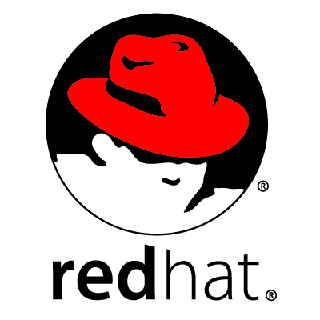Red Hat Enterprise Virtualization 3.4 Beta: On-ramp to cloud computing


I seldom comment on beta test software until it is a released product. I thought, however, that the direction Red Hat is taking for its KVM-based Red Hat Enterprise Virtualization (RHEV) 3.4 beta made it worth publishing a comment.
What Red Hat has to say about RHEV 3.4
New features in Red Hat Enterprise Virtualization 3.4 Beta include stronger OpenStack integration, enterprise network capabilities enhancements, and advanced manageability of the entire stack.
OpenStack Support and Integration
Red Hat Enterprise Virtualization 3.4 Beta strengthens and simplifies the provisioning and sharing of networking resources used by both traditional and cloud-enabled workloads through OpenStack Networking (Neutron) integration. The beta release offers enhancements that improve the security and scalability of Neutron provisioned networks. Additionally, Red Hat Enterprise Virtualization 3.4 Beta supports open vSwitch and its software-defined networking (SDN) capabilities.
Enhanced Enterprise Networking Capabilities
Red Hat Enterprise Virtualization 3.4 Beta provides advanced multi-host network configuration capabilities that enable administrators to modify networks and apply those changes to any hosts that is attached to the specified network. This functionality automates network modifications tasks, simplifies maintenance, and eliminates network inconsistency issues.
Enterprise Storage Capabilities Enhancements
Mixed storage domains give users the flexibility to use disks from multiple, separate storage domains types – including iSCSI, FCP, NFS, Posix and Gluster - within the same datacenter. Single disk snapshots enable more customization as users can choose which disks take specific snapshots (such as operating system disk, or data disk) and customized snapshots with granular backup level (such as ability to select just the current VM configuration.)
Advanced Full-Stack Management
Red Hat Enterprise Virtualization 3.4 Beta enables administrators to automate and manage many of the time consuming tasks that plague virtualization environments. Key automation and management enhancements in 3.4 Beta include:
- Additional scheduler enhancements – Specify scheduling policies according to your unique business requirements.
- Affinity/Anti-Affinity groups – Define workload affinity policies on how VMs run, together on the same hosts or separately on different hosts.
- Hot Plug CPU – Dynamically allocate virtual CPUs without restarting the VM (requires operating system support).
- SNMP configuration service – Integrate with Red Hat Enterprise Virtualization with the monitoring systems of your choice.
- Persistent cloud-init metadata – Simplify the initial set-up of cloud nodes to facilitate the provisioning and configuration of virtual machines based on pre-set configuration preferences.
Snapshot analysis
Red Hat is demonstrating that it doesn't see virtual machine software as a stand-alone technology designed to merely encapsulate and isolate a system image and allow multiple images to execute on the same physical system. The company clearly sees this technology addressing a number of needs, including:
- A robust, yet simple, on ramp for cloud computing services
- A systems management tool that can take part in a unified management domain
- A performance optimization and management tool that makes it possible to better utilize available processing resources by tying together VMs that are part of the same workload and making it possible to aggregate VMs from logical perspective while still allowing them to execute on a single machine or a number of physical machines
- Part of a scale up performance tool allowing processors to be assigned to VMs as workload processing requirements increase, and reassign them later as the workload processing requirements decrease
- Part of a network virtualization environment that allows IT administrators to fine-tune how network bandwidth is used
- Make it possible for OpenStack to be optimized and perform better.
Red Hat isn't the first to add these types of enhancements to a virtual machine software product. VMware's vSpere, Citrix's XenServer and Microsoft's Hyper-V virtual machine software products already have similar capabilities.
Red Hat is trying to distinguish its offerings from the others with its tight focus on open source software development and support. It isn't at all clear that this, by itself, will attract companies that have already standardized on Citrix, Microsoft, Oracle or VMware.
The key issues that enterprises and cloud service providers need to be address are the total solution costs, and what restrictions the suppliers place on the use of their technology. Red Hat believes that its approach provides benefits in both areas.
See also: